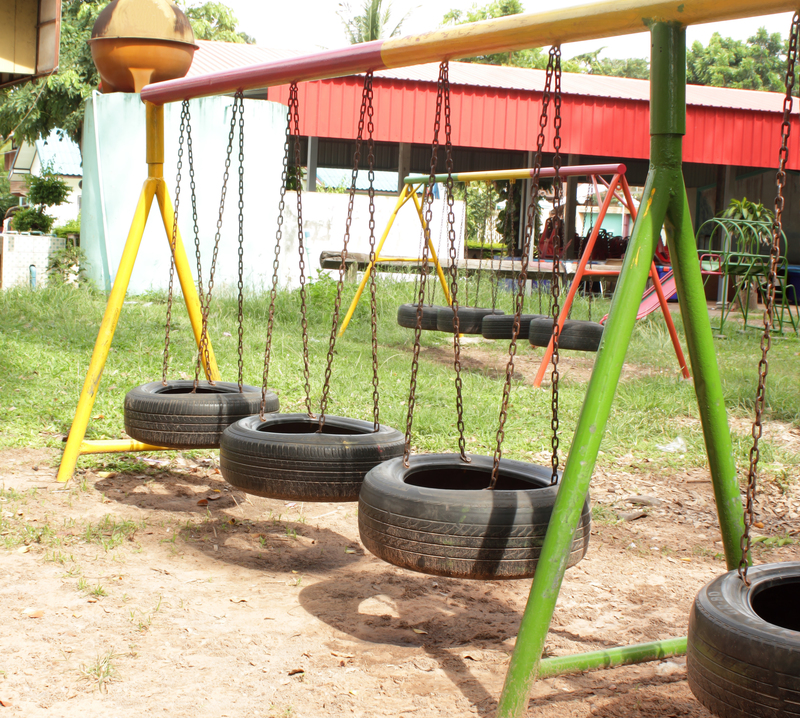
In today's fast-paced and consumer-driven society, waste and rubbish have become serious concerns. The never-ending cycle of buying, using, and discarding goods has created an overwhelming amount of trash that ends up in landfills or polluting our environment. However, there is a growing movement that sees beauty and potential in what most consider to be simply garbage. This movement is known as rubbish collection or "trash transforming," and it is gaining popularity around the world as a way to not only reduce waste, but also to create something beautiful out of what others deem useless.
Rubbish collection involves scavenging through trash heaps, city streets, and abandoned spaces for discarded materials with aesthetic value. These materials can range from broken glass and plastic bottles to scraps of metal and wood. Once collected, these items are cleaned, sorted, and then repurposed into various works of art or functional objects.
One of the main attractions of rubbish collection is its sustainability factor. By using discarded materials instead of purchasing new ones, it reduces the need for raw materials which can put a strain on our finite resources. Additionally, it reduces the amount of waste sent to landfills which contributes to environmental pollution and climate change. This makes rubbish collection not only an artistic pursuit but also an environmentally responsible one.
The main driving force behind this movement is the idea of turning something ugly into something beautiful. Rubbish collectors see potential in what others discard as trash and use their creativity and skill to transform it into unique works of art. The end result is often a stunning creation that not only adds aesthetic value but also carries a message about waste reduction and environmental consciousness.
Moreover, rubbish collection has become a way to engage with local communities. In many parts of the world where poverty is prevalent, rubbish collecting serves as a source of income for individuals who have no other means of livelihood. This empowers them by providing job opportunities while also contributing positively to their local environment.
However, rubbish collection also has its drawbacks. One of the main challenges is safety as scavenging through trash can expose individuals to hazardous materials and sharp objects. Proper precautions and safety gear should always be used when engaging in this activity.
In addition, there is a fine line between transforming trash into art and simply collecting it for profit. Some individuals may take advantage of the movement by selling their creations at high prices without truly considering the environmental impact or message behind it. This highlights the importance of education and awareness about responsible rubbish collection practices.
For those interested in getting involved in rubbish collection, here are a few tips to get started:
1. Start small: Begin by collecting items from your own household or neighborhood before venturing to larger areas.
2. Safety first: Always wear gloves, closed-toe shoes, and any other necessary safety gear while handling trash.
3. Get creative: Think outside the box and explore different ways to repurpose materials. It could be anything from creating a mosaic out of broken glass to turning old tires into planters.
4. Join a community: Look for local groups or organizations that focus on rubbish collection and join forces with them to make a bigger impact.
In conclusion, rubbish collection may seem like an unconventional hobby or profession, but it holds significant potential for creating positive change in our world. By transforming waste into art and functional objects, we not only reduce our environmental footprint but also spread awareness about the importance of waste reduction and recycling. So next time you come across a discarded piece of plastic or metal, remember that beauty can be found in what others consider to be rubbish.

